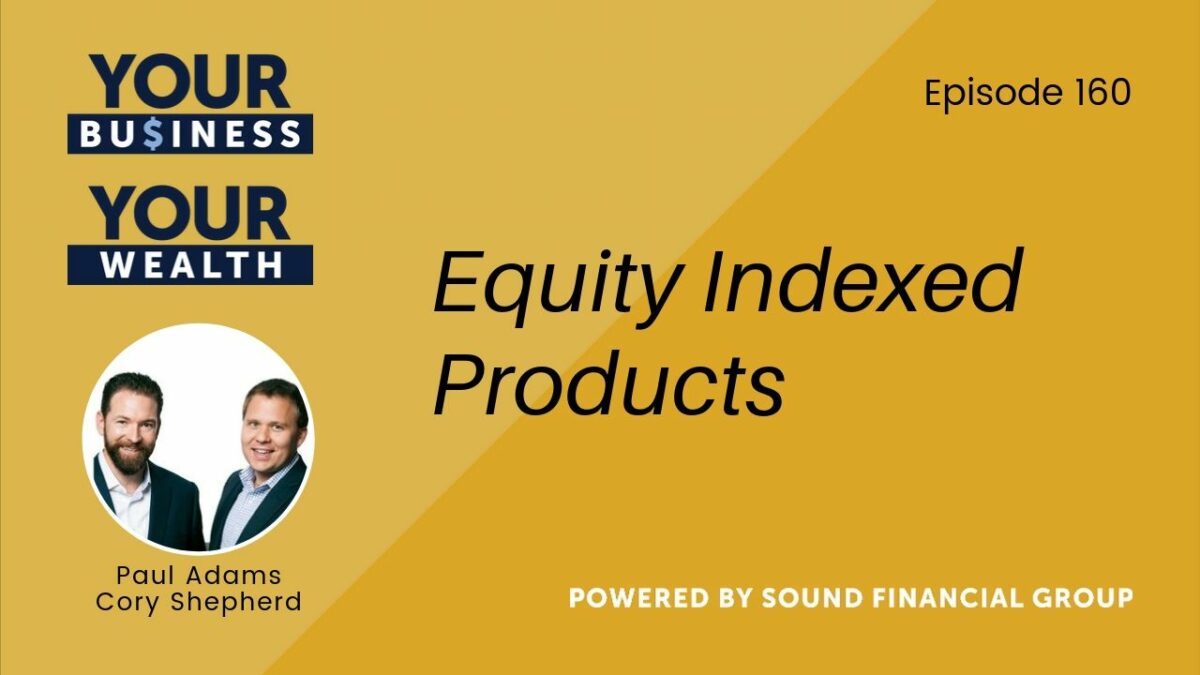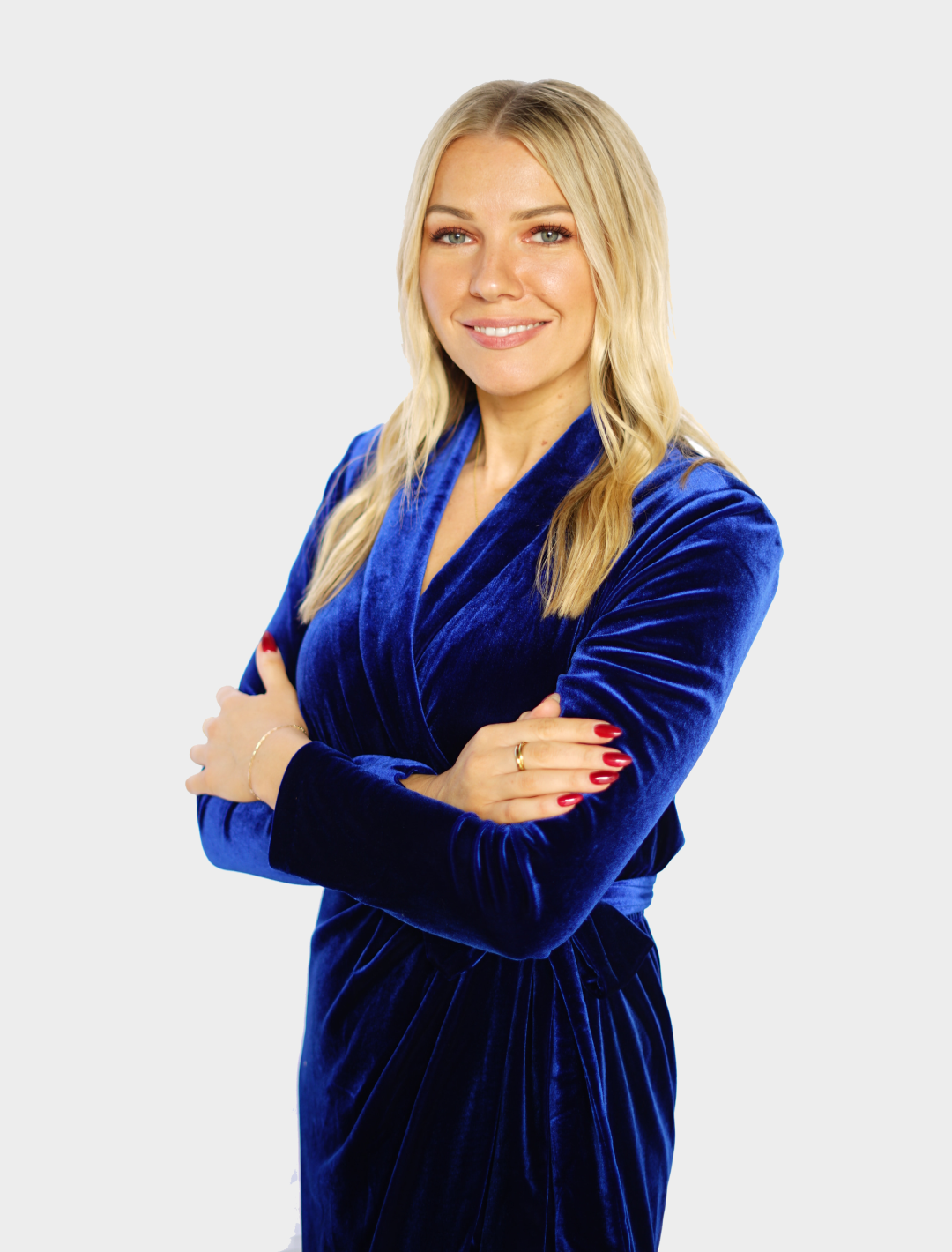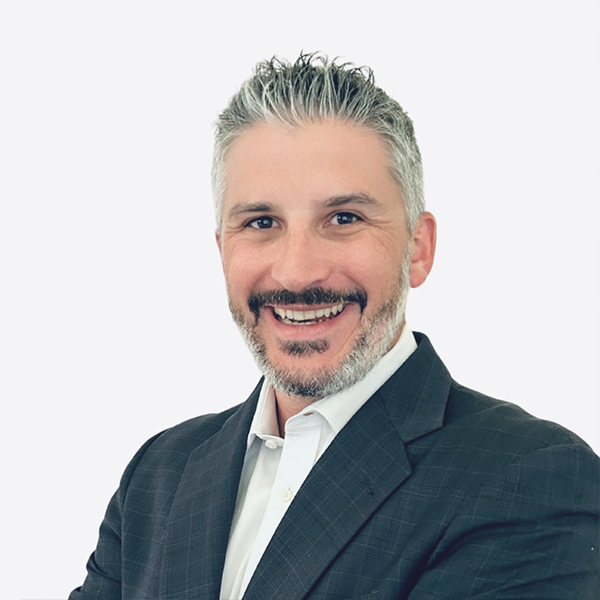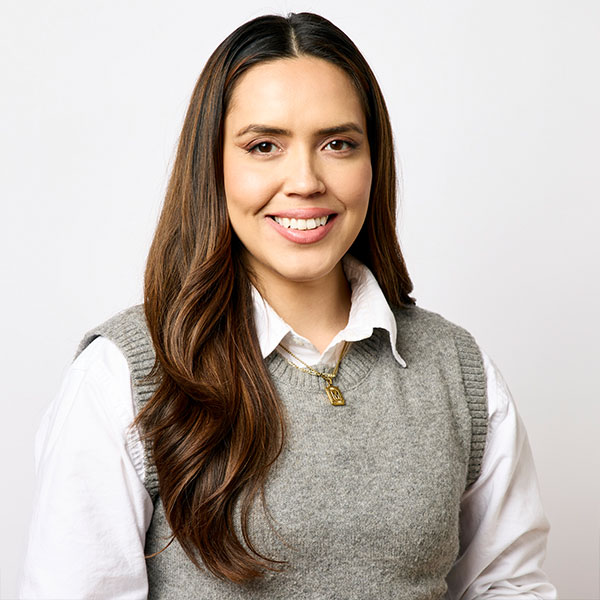PODCAST EPISODE 160: EQUITY INDEXED PRODUCTS
EPISODE SUMMARY
In this episode of Your Business, Your Wealth, Paul and Cory break down the positive and negative impact that equity indexed products can have on your investments. They identify how an equity index product works and provide examples of performance, specifically using the Standard and Poor’s (S&P 500) Index. Paul and Cory talk about rates of return as well as costs and penalties that can be associated with equity index products. Finally, Paul and Cory share a special consulting offer with the audience and urge them to consider all factors before investing in a particular financial strategy.
WHAT WAS COVERED
- 01:26 – Introducing today’s topic, Equity Indexed Products
- 03:59 – The water metaphor
- 05:27 – How an equity index product works
- 07:05 – Why nobody can actually own an index
- 08:30 – How insurance companies limit the amount we earn each year from an index
- 11:17 – The popularity of equity index products
- 11:58 – Paul and Cory dissect the Standard & Poor’s index performance
- 15:32 – Paul announces a free assessment for listeners of Your Business, Your Wealth
- 16:45 – Breaking down an example of return rates from the S&P Index
- 20:21 – Paul interrupts the podcast to provide the audience with a special offer
- 21:29 – Reasons to be cautious about different equity index policies
- 23:57 – Surrender penalties and other costs associated with equity index policies
- 25:41 – Cory reminds the audience of an index policy review offer
- 26:36 – Factors to consider in our investing strategies
- 28:06 – Key takeaways from today’s episode
- 28:56 – Paul encourages the audience to share this podcast with one person in your life
TWEETABLES
[Tweet “Consider that where these [equity index products] came out of – they gained initial popularity after the tech bubble burst. People lost a lot of money in the market and it falls under this slot of planning called ‘safe money strategies.’ #YourBusinessYourWealth”] [Tweet “What you can see is nearly every single year the market goes up and down, but rarely does the Standard and Poor’s 500 land in performance anywhere between the seven and a half or the one. #YourBusinessYourWealth”] [Tweet “Too often these annuity contracts have really long surrender penalties. #YourBusinessYourWealth”] [Tweet “You would set strategy, your three to five year strategy. What do we want this business to look like? What markets are we gonna be in? What does our employee base need to look like? What’s our future organizational chart? And you make your investments based upon that strategy. #YourBusinessYourWealth”] [Tweet “Make sure you share this with the people you care about, because without you they may never find this podcast. And, if they don’t find this podcast, or something like it, they may never have the chance to build their own financial sufficiency. #YourBusinessYourWealth”]
LINKS
Sound Financial Group’s Website for a Financial Inquiry Call – [email protected] (Inquiry in the subject)
Your Business Your Wealth on Instagram
Your Business Your Wealth on Facebook
Sound Financial Group on LinkedIn
Cape Not Required (Cory’s Book)
Sound Financial Advice (Paul’s Book)
Clockwork: Design Your Business to Run Itself
Smart Women Finish Rich: 8 Steps to Achieving Financial Security and Funding Your Dreams
SHARE THE SHOW
Did you enjoy the show? We would love it if you subscribed today and left us a 5-star review!
Click this link – Your Business Your Wealth
Click on the ‘Subscribe’ button below the artwork
Go to the ‘Ratings and Reviews’ section
Click on ‘Write a Review’
MUSIC CREDITS
“Legends Are Made” Copyright 2017. Music, arrangement and lyrics by Sam Tinnesz, Savage Youth Music Publishing SESAC and Matt Bronleewe, UNSECRET Songs SESAC
EPISODE TRANSCRIPT – FORMATTED PDF
EPISODE TRANSCRIPT – ORIGINAL TEXT
Paul Adams: Hello and welcome to Your business, Your wealth. My name is Paul Adams. I’m joined as always by Cory Shepherd. Glad you could be here Cory.
Cory Shepherd: Me too, I’m really excited for today. I think we need to… Let’s not have that much fun at the beginning. Let’s just dive in ’cause I’m rearing to go. This is a really exciting topic. People might not think it is when they hear about it, but it is very exciting.
Paul Adams: Well and to give a little context we’re gonna be talking about these tools called the Index Products, these are not index funds, these are index products sold mainly by insurance companies in the forms of annuities or life insurance, and it has to do with the underlying investment account. Now, here’s the overriding issue and what brings this up today, is that for most of you listening, here’s the typical path an entrepreneur goes through or any high-income person goes through. You go through a time, you make more money. You end up with some surplus and once you have some surplus you start looking around, like what could I do with this? And then somebody offers you a product.
Cory Shepherd: Or the market place smells out your surplus. You start to have some people coming in, giving you a call. Yeah.
Paul Adams: Yep, and just like this song, I’m not gonna sing it ’cause I don’t wanna get stuck in your head, baby shark. These baby sharks show up, and just chomp off a little bit of your wealth. Now some of them, some of those things you drop money into will make you money. Some of them may cost you money over time. Here’s the real issue for most people listening. You have already spent most of your life in a cycle, of building up assets then like cash and then finding a place to put it or you received cash, inheritance, a bonus, large K1 distribution from your company and you find a place to put it. It could be a real estate deal, might be a financial product, it might be speculating [chuckle] in crypto currencies, but each time we do that, we’re executing a tactic rather than taking time to sit back, look at the design that was put together for you being able to build a life that has definite financial independence, so that you can fund a work optional lifestyle.
Paul Adams: It’s not that. Instead of having that strategy that that money gets deployed into we just pick up another tactic along the road. And all the products that we see out in the marketplace including this one, really depends on you stitching this in not as a part of an overriding strategy but as a tactic that you pick up with whatever amount of surplus you have.
Cory Shepherd: Yeah, we’re not gonna tell you whether this product is good or bad, ’cause reality is we can’t, it has more to do with how it’s put into the strategy of your life, and how that plays out over time, so you’re not gonna hear this good-bad zealotry from us today that is really… Most people just take an opinion on one side or the other, of this product is good, or this is bad, but we’ll give you a metaphor. Is water good or bad? . Well?
Paul Adams: Depends.
Cory Shepherd: Depends. Water gives life and if you go too many days without it, not that many days without it, you’re gonna die, but not that much water applied in exactly the wrong place to in your body is gonna cause death [chuckle] You can drown in just a couple table spoons of water, if it gets in the wrong place. So water isn’t neither good nor bad, it all depends on how it is applied.
Paul Adams: Yep, exactly and here’s what’s attractive about these tools, these indexed products or what used to be called Equity Indexed Products, which you’ll see why in a moment the industry regulatory side, pushed down on these companies said, “You can’t call it equity indexed anymore”, you also see it as fixed indexed, but what it all comes down to is that underlying these, the way they’re marketed they appear like they’re gonna get it equity rates of return. The most common index they’re attached to is the Standard’s & Poor’s 500. And while when you look at it or you hear the sales pitch on these, it really seems like you’re gonna be able to achieve equity like rates of return, say 7-9%. When in reality they’re only likely to slightly out perform fixed income rates of return if the company doesn’t change the rules on you and there are several ways that they can.
Cory Shepherd: So, Paul let’s talk about or let’s rewind just a little bit for folks to really get them connected to what this means. Let’s talk about how an equity indexed product works, which is one, it’s connected to an index say the S&P 500, but here’s where we start to diverge from what people think and what’s actually happening. Do they actually own any piece of what’s in the S&P 500 index if they buy an indexed product?
Paul Adams: Not even a little bit. Do they own the actual index? So let me give you a for instance. The index is this moving of numbers out in the marketplace. And what they’re doing now they are hedging against that index, they’re doing things as the insurance company. Incidentally these are exclusively sold by insurance companies, almost all publicly traded companies whose fiduciary responsibility at the board level is to the stockholder, not a mutual company who’s fiduciary responsibility is to the policy holder, most of these products in the marketplace and I mean like 90% of those sold, are being sold by stock companies. So that right there should tell you a little bit about maybe who the greatest benefactor is from the use of these products. Second, let’s say we just picked anything else. The migration speed of Canadian geese. We could also tie it to that, now that wouldn’t give the insurance company the ability to hedge it the same way, but in reality it’s just the movement of a number out there in the world somewhere that you do not own that your returns that they’re going to pay you are tied to.
Cory Shepherd: And no one can actually own an index and they tell you that all the time, you can’t actually own an index but lots of mutual fund companies recreate the index by helping you buy all the individual stocks that are inside of that index, but you don’t even own the individual stocks that are part of the index or get things like dividends and all those other participations that you normally do by owning it. And that’s key.
Paul Adams: Exactly where I wanted to go next, is that if you look at the Standard’s and Poor’s 500 over the last like 40 years, depending on the year one and a half to 2% of the return of the Standard’s and Poor’s 500 is the dividend paid by the companies in the Standard’s and Poor’s 500, except because you don’t own the index, and the insurance company is only paying you based upon the movement of the index in its points, so the point move in the index it’ll either be a one-month move, a one-year move, it doesn’t matter, ’cause you don’t own the dividends. So right there we’re losing return as compared to what we have in our head of what the S&P 500 returns. And then we’re told, in the marketing material, you’re participating in the point move of the S&P 500 index. The insurance companies, the marketing material, are being ethical in the way they speak it, but the way people collapse it in their minds is incomplete. Now, we also have something that limits how much of the return you get each year. Now, insurance companies do it in one of two ways. They either limit the participation rate in the performance of the index, which might look something like, whatever the index gets in its point-to-point return each year, we will pay you, say, 70% of that. Now, remember the average loss…
Cory Shepherd: So if it goes up 100%, you only get 70%. Yes.
Paul Adams: Exactly right. But, remember, we also just lost about 2% a year to dividends, so if it was supposed to produce 11, you’re already down to nine, and then you’re only participating in 70% of the nine. Now, the other way, and this is, it’s a little tricky the way they do it, in the market materials, say, your participation of 100% the index is guaranteed, except they add a floor and a cap. So the floor says, “In any year you can’t get less than 1% return,” that’s the floor. And then they’ll have a cap. You will never get higher than nine, or seven and a half on the index. Now, what you read when you read the illustration in the marketing material, you gotta go a little deep to where they step down the font size a bit. It’s gonna tell you that they can change the cap rate. Meaning that cap rate that maybe initially is marketed at nine, can actually be lowered as low as three. Now, why did they give themselves the ability to do that?
[chuckle]
Cory Shepherd: I was just asking, why do they do that, is it because they think they’ll never have to use it? No. [chuckle]
Paul Adams: Well, and it’s because, regulatorily, they have to have that flexibility to change it in there, because, as I understand it, it would produce statutory bankruptcy for all these companies if they actually said both the cap rate and participation rate are guaranteed because the amount of hedging that they would have to do would absolutely diminish their reserves to a point at which the National Association of Insurance Commissioners would have a big problem with them and put them into some version of receivership. That having been said, I’m not saying any of these products are bad, we are just working to communicate to you why they can go not as well as perhaps the initial sales story sounds.
Cory Shepherd: Well, it’s just about expectations. If we’re pointing to, your most likely outcome is something a little bit better than fixed income returns, and that’s the hole that you were looking to fill in your portfolio, then, great. That could be a solution, right?
Paul Adams: And consider that where these came out of, they’ve gained initial popularity after the tech bubble burst. People lost a lot of money in the market, and it falls under this like slot of planning called, safe money strategies. Now that became even more popular after 2008 where people said, “I don’t wanna be in the market, I don’t wanna lose money.” And then the purveyor of these products hit the streets hard, and said, “We can save you. And, at that time, they were called equity indexed annuities. Equity indexed life. Now, the regulators have said, “You can’t call it equity anything because it’s too close to a security.” And so now it’s just called fixed index, or indexed life, indexed annuities. But let’s take a look at an actual company brochure that lays out how this works in a way that I think is pretty graphic and easy to understand.
Cory Shepherd: And you’re gonna notice that we’re not mentioning the name of the company, we’re not… Their name is not anywhere on this. Please don’t write in and ask which one it is, we’re not gonna tell you,’cause we don’t want it to be about any company like this. But if you do have an illustration that you’re considering, for one of these products, we’ll be happy to review it with you, if you wanna write in and ask us, we’ll talk about that a little bit later.
Paul Adams: Yup, indeed. So, let’s look at the Standard’s and Poor’s 500 index, that’s the blue line, and then the limitations of the cap and the floor are listed in orange. And what you can see is, nearly every single year, the market goes up and down, but rarely does the Standard’s and Poor’s 500 land in performance anywhere between the seven and a half or the one.
Cory Shepherd: It’s usually above or below, by a big deep margin.
Paul Adams: Indeed. It’s almost always above or below that band. And, as a result of it being above or below that band, what we start to see is that, for starters, this goes through 2018, there aren’t that many years that are even negative. In fact, let’s just look at it. We have one, two, three, four, five, and one that was almost zero. So I’ll call it six. Six from ’94 to 2018, that’s 24 years. We only had six negative years. That means we had 18 positive years, most of which performed above the cap rate and all that money was left on the table. Now, it doesn’t mean that the insurance company owned the index, and they made all that money. Nope, they’re constantly hedging to make sure that they can keep the promise of being able to increase that. But if those hedges get really expensive, especially in the upside, say a big terrible market, well, they may have to increase the cost it is to ensure against the upside of the market via options and may have to lower that cap rate. Now, this particular product is capped at 7.5%. We’re gonna look at that in a moment. But what we… Go ahead.
Cory Shepherd: One other thing I just… We don’t wanna go too far into it, but just want people to know that the point-to-point performance is based on the month that you start your policy, sometimes even the day that you go into that product. So that example, is very unlikely that many people actually lived that specific example ’cause you could have four different people start the same exact product in four different months of 2019 and have very different performance over the next several years because it’s just month, year-to-year points, not based on when you start.
Paul Adams: Yep, exactly.
Cory Shepherd: The market did a lot over a year. [chuckle]
Paul Adams: Well, and that is so key. And that will affect every single year, so I’m gonna say it a little bit differently, Cory. Four different people could buy the same product on the first of each month, four months a row, and have different performance over the next 10 years. And I’m sure, over a 20-year period of time, it would all even out but over that initial window you could actually get a different rate of return than somebody right next to you. So we’re gonna take a look, again I’m gonna go to my screen and we’re gonna look at how this compares when we use one of the programs that we… I don’t know, I think I figured out the other day, Cory, for all the different things we run for our clients, we are spending about $20,000 a year, as a company, maybe a little more, just to give our clients access to the tools that could do these calculations. So what we’re gonna…
Cory Shepherd: I know. We always talk about maybe we could pare that down a little bit, but for now we got a lot of great tools. I agree. [chuckle]
Paul Adams: As long as we still have to double-check financial institutions and their marketing materials or, as an example, we review these kinds of contracts for our clients all the time. As a podcast listener, as Cory mentioned earlier, he’s gonna share with you later that if you think you have a product like this and you’d like it to be assessed, looked at, or at least give you a first blush of how that product works, we’re gonna just offer that to you as a podcast listener. That’s not something we offer out in the marketplace to just do a tactical insurance policy review, but we’re trying to bring more value to those of you that are taking the time digging in and listening on a consistent basis to this podcast. You’re doing something to pour in your financial future to help you design and build a good life. We just wanna come alongside you and be of help.
Paul Adams: So, we’re gonna take some of what we just talked about and say, “Well how does this work?” Well, here’s our Standard’s and Poor’s 500 total return. This includes dividends. And we’re doing the exact same period from 1994 to 2018. And one of the first things I wanna point out… Let me see if I can go back to it quickly. Here is that first kind of good year was about… You can see it down here in 1995, 34%. That was the point return of the Standard’s and Poor’s 500 index. That was a good return that year, no question, but the return with the full participation of the index including dividends was 37.5. So you can see that year after year that we’re missing out on that dividend can get super expensive in terms of the rate of return we’re gonna get. So total return ’94 through 2018, actual return 10.68. That’s average rate return. We talked about that just recently on the podcast, average return versus actual. The actual return of the index was 9.07, meaning if you put all your money in, how you get average rate of return is not by calculating all of the annual returns, adding them together, and then dividing by the number of years. That’s getting you what’s called the arithmetic mean average. This is what’s called the geometric mean average, and if I had a chalkboard, I would look like some physicists from the ’50s trying to write it out. I won’t do that to you.
Paul Adams: But now, what I want you to notice is let’s say we just introduce the floor and the cap on the total return. Here’s what I want you to remember if you’re listening just to the audio, and know that we’re breaking these into clips on YouTube so if you ever wanna see the screen share, cut over to YouTube. Our team is chopping some of these into more bite-sized pieces so you can get that five minutes you were hoping to get, and this is gonna be one of those clips.
Cory Shepherd: Would you do me a favor first and just take the dividends out before anything else? I was curious. Well, remember the button…
Paul Adams: Oh yeah. This is just the price movement.
Cory Shepherd: We got the button on the bottom so we can see them both together.
Paul Adams: Look at that. Oh yeah, we can put them right side by side. Now, we drop from 9 to 6.96. Now, here’s the big deal. That means $1 growth goes from instead of $8.77, let me just multiply that bigger. Let’s call that $8,770 vs $5,370. Or if it’s millions, that’s $8,770,000, vs $5,370,000. We haven’t put the cap or the floor in yet. Now let’s add the floor and the cap and what we get is about a 5% rate of return, which means the $8.7 million instead of this $3.4 million. That is a big difference. Now keep in mind, yes, there’s this drag that occurs from putting in the floor and the cap. Now for some people, that might be what they need. They may be the kind of people that should consider just like a fixed annuity. And this has the potential to perform better than a fixed annuity if this is an annuity product. But here’s the thing. When it’s a life insurance policy, it’s so different. If it’s a life insurance policy, then along with this 5% rate of return, we still have mortality and expense charges coming out of it. So what some people would say right here because periodically, every couple of years, Cory and I go back out to the marketplace and revisit what we’ve learned, and our assessments of what these products do.
Cory Shepherd: You know, that’s a good point, Paul, and I think a great time for us to take a quick break to hear a message from Sound Financial Group. So stay with us, we’ll be right back.
Paul Adams: Hey, everybody, I had to interrupt our show for just a moment to share with you something new. We’ve designed a new white paper that we think is gonna add you value in the way that you think about money. It’s three of the biggest mistakes we see people make, and six ways to fix them. Now, for some of you, you might not want the white paper, you might be ready to have a conversation with us, and that is okay. You can email us at [email protected], that’s [email protected]. Find us on the web at yourbusinessyourwealth.com, and any time on any of our social media platforms, send us a message, and we can get you this white paper. But, in the meanwhile, if you want to just skip over the white paper, have a philosophy conversation with us, we’re happy to do that with you, just let us know, philosophy conversation in the subject line, and if you want this white paper, just put white paper in there, and we’ll immediately get out to you this white paper on the three biggest mistakes that we see people make, and the six things that you can do to fix them. And now, back to our show.
Cory Shepherd: Alright, and welcome back to our conversation around indexed products.
Paul Adams: So we got on the phone with somebody who was super good in this equity index space late last year, and I mean this person is responsible for millions and millions and millions of dollars of these products being sold every year. And when he is rolling through with us, one of the things… He’s like, “Yeah, but it’s tax-free inside the life insurance,” to which we answered, “Yeah, but now it has mortality, and expense charges coming out of it, which further lower that real rate of return, it’s not uncommon at all that even if the company illustrates that policy at, say, 6.5% once assessed over time, it actually ends up being less than four. And it’s because of the drag on the policy. Now, keep in mind, that depends on how the policy is originally build, these life insurance policies or equity index are almost always on a universal life chassis. So you have internal term insurance that’s eating away the returns.
Cory Shepherd: And those costs go up over time, because, as you get older, that insurance cost gets higher, so it can hit a spike in the 70s and 80s and really increase the cost.
Paul Adams: Right when they illustrate, you’re gonna take out money. So, again, this is something to be assessed, I would not recommend anybody cancelling anything as a result of listening to this podcast. Make sure you’re either engaging with us or some other competent professional look through it.
Cory Shepherd: On the fee, remind me, it’s maybe a percent, 2%… We can add some fees in there too, just to see what that would look like.
Paul Adams: Most of the time, the annuity contracts are not gonna have an extra fee of any sort.
Cory Shepherd: Right, but on the life insurance side.
Paul Adams: On the life insurance, if we just took, say, a percent off every year from mortality and expense charges, you’re going to end up with a product that returns about like whole life does, as long as you’re healthy and it’s funded properly, etcetera. Except with the whole life, we don’t have all this other variability up to and including the underlying cost of term insurance and this. Because, if this company were to get into difficulty and couldn’t maintain the 7.5% cap they run into personal financial difficulty, they get bought by a hedge fund that just wants to make a bunch of money on the existing policies. Now we’re dropping below 5% before any cost come out of the product. So, for all those reasons, we need to be cautious. Now, lastly, and something I think you might be pointing to there, Cory, is that people will live with this like you can’t lose money.
Cory Shepherd: Right.
Paul Adams: Now, I think there’s the potential for that in the annuity contracts. Too often these annuity contracts have really long surrender penalties. I would highly, highly, highly recommend that if you’re considering something like this, and it has anything longer than a five-year surrender charge, maybe three, you really should get in touch with us or someone like us to have that double checked. So it’s not just the person affirming the sale, but somebody who can assert if this is the right kind of product for you, that the marketplace is being assessed for one of those tools that work best for you. But let’s say you put $100,000 over time, $10,000 a year over 10 years into an equity index life policy, and, for some reason, either the market doesn’t perform positively, they’re not able to pay the interest, or they crash the cap down on you.
Paul Adams: You have those things happen in annuity, you can exchange that annuity for another annuity with no taxes. If it happens inside a life insurance policy what you’re up against is insurability. You may not be as healthy as you were. So what can happen is because of what Cory mentioned about the cost coming out of the contract is over a 10 year period you can lose money because the underlying mortality expense and term insurance cost inside that life insurance policy. Really important to know. Alright. Man, I feel like I need to just take a breath, maybe breathe inside of a paper bag. We are working to keep our podcast a little tighter in terms of content, I hope that doesn’t mean you needed to play Cory or I at half speed, but, Cory, can you just tell them a little bit about our offer to help if they run into this?
Cory Shepherd: Yeah. If you wanna have some help assessing a policy like this, either one you already have, or one you’re considering, then send us an email to [email protected], and attach whatever illustration, marketing material, piece that you already have, or an illustration or report on your current product, and just put index in the subject line, and our team will reach out to you, have an initial call to see how we can best help you take a look at this. We don’t need to spend a lot of time or have you commit to a lot of time, probably a 30 minute phone call, just to talk about the considerations you might wanna look at for that specific product. And then, if there’s more…
Paul Adams: No cost Cory.
Cory Shepherd: No cost.
Paul Adams: No obligation. Just thank you for being a listener.
Cory Shepherd: No obligation. Yep.
Paul Adams: Right on. Well, let’s go back to where we started this podcast, where most of you are that if you’re in that $300,000 to $2 million year income range, household income range, you are… You’ve got surplus somewhere, and every time the surplus builds up, either because of your own reticular activator in the marketplace, you’re looking for opportunities or because, as Cory mentioned earlier, somehow the marketplace sniffs out you’ve got surplus, and people begin to pitch tactics to you to take advantage of that surplus. Now you would never do this in your business, you would never be like, “Well, we got some money in the bank, let’s find a way to spend it.” You would set strategy. Your three-to-five-year strategy, “What do we want this business to look like? What markets are we gonna be in? What does our employee base need to look like, what’s our future organizational chart?” And you make your investments based upon that strategy. We all do that in business.
Paul Adams: But [chuckle] for some reason, it breaks down in our personal life. People literally make a new investment without a clear idea of their exact net worth even before making the investment. How the investment’s going to work. How do you exit in three to five or 10 years? What does that look like? Those are the things that we need laid into an overall financial strategy. Like how much is enough? What’s sufficiency? Do I wanna shoot for surplus or do I have a chance with my business to shoot for superfluence, and if I go for superfluence, 80 foot yacht money. And what I ought to be able to do is make sure I don’t jeopardize my sufficiency or my surplus on the way to superfluence.
Paul Adams: So, we want for all of you today is just take away that if you’ve got surplus now and somebody comes and pitches you an idea or pitches you an investment strategy but it doesn’t entail the rest of your life strategy, then it’s still a product. Somebody might be, “I’m a fiduciary because I only take 1% blah blah blah” but they’re still selling this product that they get a 1% management fee every year. That doesn’t make it strategic that for you to design and build a good life, what you have to do is build the design first.
Paul Adams: And that’s what we’re here to help you with. For those of you that choose to participate in this offer of being able to get those index policy review, Cory or one of our team will circle back to you and offer you some targeted advice that I think is gonna be incredibly valuable. And lastly, we wanna encourage all of you as you listen this episode, think of a person that should hear this episode. A person that should take a listen to this podcast. Because there’s people to you close in your life that one day you’re going to get older, and one day you’re going to have financial sufficiency. If you’re listening to this podcast, you’re far more likely to financial sufficiency, is my guess. Like if we had a disclosure on the screen it would say, “Paul just said that. Don’t take it to the bank,” but what it does mean is that you are doing something to take better care of your finances.
Paul Adams: When you get older, you could be in a position that you look out to your friends say, “Hey we’re celebrating. We’re going on our first retirement trip. We’re gonna spend a month in Hawaii. We’d like you to go.” And your friends go, “What do you mean? You’re able to retire?” Make sure you share this with the people you care about because without you, they may never find this podcast. And if they don’t find this podcast or something like it, they may never have the chance to build their own financial sufficiency and be able to put them in a position that they get to stay in your life for the rest of your life. Like age 65 to 95, where a lot of people aren’t going to be able to. So with that from Cory, from the team here at Sound Financial Group, from Your Business, Your Wealth and the entire production team and from me personally, we hope that this actual episode, this simple look at a product was a contribution to you being able to design and build a good life.
———————————————————————————————————————————
This Material is Intended for General Public Use. By providing this material, we are not undertaking to provide investment advice for any specific individual or situation, or to otherwise act in a fiduciary capacity. Please contact one of our financial professionals for guidance and information specific to your individual situation.
Sound Financial Inc. dba Sound Financial Group is a registered investment adviser. Information presented is for educational purposes only and does not intend to make an offer or solicitation for the sale or purchase of any specific securities, investments, or investment strategies. Investments involve risk and, unless otherwise stated, are not guaranteed. Be sure to first consult with a qualified financial adviser and/or tax professional before implementing any strategy discussed herein. Past performance is not indicative of future performance. Insurance products and services are offered and sold through Sound Financial Inc. dba Sound Financial Group and individually licensed and appointed agents in all appropriate jurisdictions.
This podcast is meant for general informational purposes and is not to be construed as tax, legal, or investment advice. You should consult a financial professional regarding your individual situation. Guest speakers are not affiliated with Sound Financial Inc. dba Sound Financial Group unless otherwise stated, and their opinions are their own. Opinions, estimates, forecasts, and statements of financial market trends are based on current market conditions and are subject to change without notice. Past performance is not a guarantee of future results.
Each week, the Your Business Your Wealth podcast helps you Design and Build a Good Life™. No one has a Good Life by default, only by design. Visit us here for more details:
yourbusinessyourwealth.com
© 2019 Sound Financial Inc. yourbusinessyourwealth.com
PRODUCTION CREDITS
Podcast production and marketing by FullCast
Recorded using Switcher Studio: [email protected]










